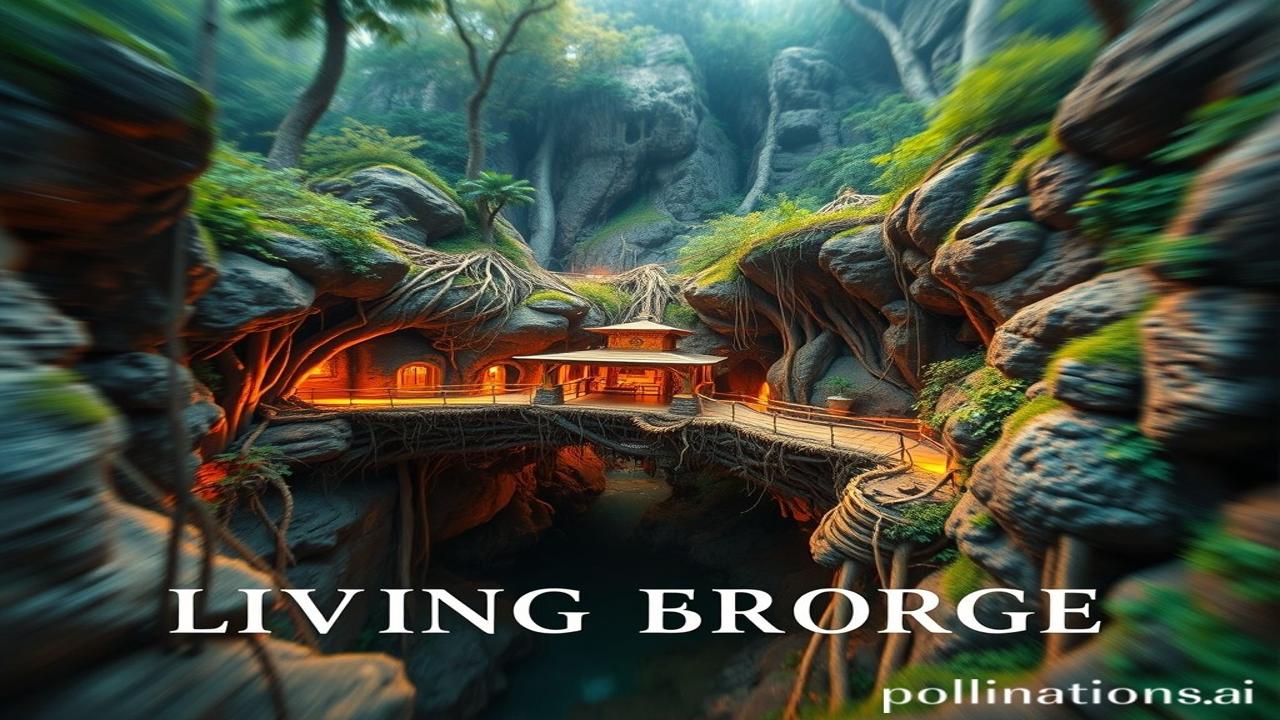Waqt Ki Reti Mein Dabi, Bharat Ki Shakti: Unearthing the Health Benefits of Traditional Indian Sports
Kabhi socha hai, doston, ki jo khel humare dada-pardada khela karte the, unmein sirf mazaa hi nahi tha, balki ek gehra raaz bhi chhupa tha? Waqt ki reti mein dabi, yeh khel Bharat ki shakti, uski sehat aur sanskriti ka aaina the. Aao, aaj hum unhi khoi hui galiyon mein lautkar dekhein, aur jaanen ki kaise yeh traditional Indian sports aaj bhi humare liye faydemand hain.
Bharat Ki Virasat: Traditional Indian Sports – A Historical Tapestry
Traditional Indian sports are not just games; they are a living testament to India’s rich history and cultural heritage. These games, developed over centuries, reflect the values, skills, and lifestyle of the people who played them. From wrestling to archery, from boat racing to martial arts, each sport carries a unique story of its origin, evolution, and significance.
Imagine, thousands of years ago, in the bustling cities of the Indus Valley Civilization (circa 3300-1700 BCE), children were likely engaged in early forms of games involving dice, toys, and physical activity. Later, in the Vedic period (circa 1500-500 BCE), the importance of physical fitness and martial arts became even more pronounced. The Rigveda mentions archery, chariot racing, and wrestling, reflecting the importance of strength and agility in warfare and everyday life. These weren’t just pastimes; they were integral to preparing warriors and ensuring the physical well-being of the community.
The Mughal era brought its own flavors. Polo, introduced from Central Asia, became a favorite among the royalty. However, indigenous sports like mallakhamb and kabaddi continued to thrive, nurtured by local communities. Even after independence, these sports faced challenges in the face of western influence, but they are experiencing a resurgence, thanks to growing awareness and efforts to promote India’s cultural heritage.
Zameeni Sach: Log Aur Jeevan – A Glimpse into Daily Life
Imagine a village in rural Maharashtra. Dusk is settling, and the scent of burning wood and freshly tilled earth fills the air. The sounds of children laughing echo through the fields. They are playing kho-kho, their bare feet kicking up dust as they chase each other with boundless energy.
“Bhag re Bhima! Use chhu mat dena!” shouts an old man, his voice raspy with years of experience, his eyes twinkling with amusement.
Nearby, young men gather in a makeshift akhada (wrestling pit), their bodies glistening with sweat as they practice kushti. The rhythmic chanting of the guru fills the air, imparting not just physical techniques but also moral lessons.
“Shakti, stamina, aur samarpan,” he booms, his voice resonating with the earthy wisdom of generations. “These are the pillars of a true wrestler.”
Ma Rukmini sits outside her hut, watching her son grapple in the dust. Her heart swells with pride, knowing that he is not just learning a sport but also imbibing the values of discipline, respect, and resilience. These games were interwoven into the fabric of their daily lives, shaping their bodies, minds, and spirits. They were more than just sports; they were a way of life.
Dharohar Aur Pehchaan: Cultural Significance Today
Aaj, in traditional Indian sports ki goonj humare festivals mein, arts mein aur values mein sunai deti hai. Think about the vibrant boat races during Onam in Kerala, the dazzling displays of Gatka during Sikh festivals, or the electrifying atmosphere of kabaddi matches in village fairs.
These sports are not just relics of the past; they are a vital part of our Bharatiyata, our Indianness. They connect us to our roots, remind us of our heritage, and inspire us to embrace the values that have shaped our civilization for centuries.
The renewed interest in yoga and ayurveda has paved the way for greater appreciation of traditional Indian sports as holistic practices that promote physical, mental, and spiritual well-being. They are a powerful reminder that true strength lies not just in physical prowess but also in mental fortitude and cultural understanding.
Mazedar Tathya Ya Bhram-Bhanjak: Myths vs. Reality
Log samajhte hain ki traditional Indian sports bas “desi” hai aur modern sports se kam exciting. Lekin asli sach yeh hai ki yeh khel body aur mind dono ko challenge karte hain, aur inka impact modern sports se kam nahi hai. For example, Mallakhamb, often perceived as just a gymnastic display, requires incredible strength, flexibility, and concentration, surpassing many modern fitness regimes.
A common misconception is that these sports are only for rural communities. The reality is that traditional Indian sports are finding their way into urban centers, with more and more people recognizing their benefits and embracing them as alternative forms of exercise and recreation.
Drishya Aur Bhavnayein: Sensory Immersion
Imagine the smell of sandalwood incense mingling with the earthy aroma of the akhada. Feel the rough texture of the wooden mallakhamb pole beneath your hands. Hear the rhythmic beat of the dhol as the wrestlers circle each other, their eyes locked in intense concentration.
The sounds of cheering and clapping reverberate through the stadium. The warmth of the sun beats down on your face as you witness the raw energy and skill of the athletes. These are the sensory experiences that make traditional Indian sports so captivating and unforgettable.
Antim Vichar Ya Uddharan: Closing Insight
These traditional Indian sports are more than just games; they are a living heritage, a testament to the strength, resilience, and wisdom of our ancestors. By embracing them, we not only promote our physical well-being but also reconnect with our roots and reaffirm our commitment to preserving India’s rich cultural heritage.
“Shariram adyam khalu dharma sadhanam.” (The body is indeed the primary instrument for fulfilling one’s duties.) Let us nurture our bodies and minds through these ancient practices, and in doing so, rediscover the true meaning of health and well-being.
